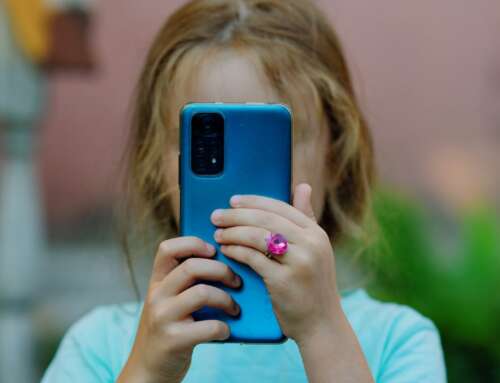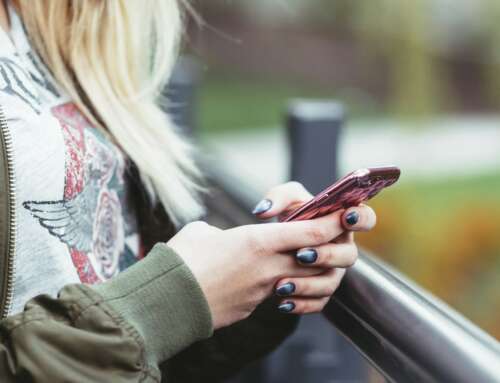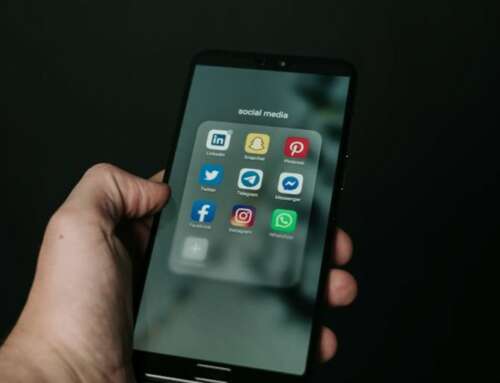The sun-drenched beaches of Exuma gleamed as brightly as the skin of the world-famous supermodels stretched out on yachts or dancing around flickering fires in the promotional video for Fyre, the glamorous music festival turned shambles turned scam that became the subject of the Netflix documentary Fyre: The Greatest Party That Never Happened.
The likes of Bella Hadid, Kendall Jenner and Emily Ratajkowski, all of whom have significant followings on Instagram and other social networks, were co-opted by the festival organiser Billy McFarland – now serving six years in prison for fraud – into posting plain orange squares to Instagram in a campaign to build anticipation for the festival, which it was promised would be held in the Bahamas in 2017.
The models were just a handful of several hundred social media influencers – people with clout on apps like Instagram, Twitter and Snapchat – who helped promote the campaign into the news feeds of users, who paid thousands of dollars for tickets, turned up expecting gourmet food, luxury accommodation and A-list headliners but found emergency tents, cheese rolls and squalor instead.
Tellingly, many of the influencers – whose posts were made in exchange for cash or tickets to the aborted event – failed to declare their connection with the organisers as required by the marketing rules governing social media. Few used the necessary “#ad” hashtag and those who did often tried to bury it beneath a mountain of other hashtags in the hope that it would slip through unnoticed.
Not surprisingly the Fyre scandal has put “influencer marketing” firmly in the spotlight. The economics behind influencer marketing and so-called “sponcon” (sponsored content) are simple. A business – for example, a cosmetics manufacturer – approaches a social media influencer with a large following, either directly or through intermediaries set up to broker “brand deals”. There’s big money involved: Kendall Jenner’s Fyre endorsement was reported to have netted her $250,000. But even smaller influencers can make a living from deals. Brands offer money or gifts in kind for the influencers to mention their products in posts or display them to followers. It’s an unfiltered, largely unregulated space, and better yet, it’s used by a young demographic with plenty of disposable income.
Legally, influencers are meant to declare that this is a business transaction – either by including the hashtag #ad in a prominent position, or by using a tag specially created by Instagram which labels the post as paid partnership, and mentions the brand below the influencer’s username. In practice, few do.
And to date, social networks like Instagram haven’t been too bothered. “Having posts with large text around it or different images that label it as branded makes for a very different user experience – and their cachet is based around user experience,” says Mariann Hardey, a Durham University assistant professor in marketing, and sceptical as to the power of legislation. “Any level of regulation and legislation has to respond to international law, which is very difficult to do.”
But things are changing, following the events of recent weeks. First the Netflix documentary about the Fyre festival associated the practice with charlatanism; then the UK’s Competition and Markets Authority (CMA) announced it had brought 16 celebrities, including Ellie Goulding, Rita Ora and Alexa Chung, to heel for failing to disclose payments or gifts in exchange for mentioning products and companies on social media.
But getting the agreement of 16 people to police themselves is a tiny advance. The influencer marketing industry is estimated to be worth $6.5bn this year, according to analysts NeoReach. People with just a few hundred followers can command (small) fees for mentioning products. There are hundreds of thousands of influencers worldwide. With this volume of content, as we’ve seen in other areas of social media, self-regulation may prove futile.
However, some follow the rules. Matthew Spade has nearly 50,000 followers on Instagram who lap up his carefully curated images of men’s fashion and lifestyle. He averages around two or three paid partnerships every month – and posts every day or two. When I speak to him on the day of the CMA’s announcement, he is surprised. “I thought we’d all been doing this for ages,” he says. “Where’s the credit for the people who have been doing it right?”
Spade doesn’t understand why influencers would try to hide any transactions in exchange for posts. “People owe it to their audience to be as transparent as possible, and it makes for an easier relationship with your audience if everything is laid out on the table,” he says.
There’s a transatlantic divide in attitudes to disclosure of payment or gifts, says Olivia Allan, an influencer talent agent who formerly worked at Social Circle, a company based in east London that brokers deals between brands and social media celebrities. “The current legislation in place in the UK is much stricter with influencer marketing than other forms of marketing because it’s such a new thing,” she explains. “UK influencers are overly cautious now.” However in the US attitudes are different. “They don’t care,” she says. “It’s crazy. I work really closely with US talent agents and say: ‘Make sure you put #ad’, and they’re like: ‘Oh no, we don’t do that here.’”
Allan is uncertain whether US influencers feel less of an obligation to be properly open about advertising because the size of the market in America makes it much harder to track down, or because audiences are more tolerant of being sold to by stealth. But it happens – and particularly among bigger influencers. “You see it with the Kardashians and flat tummy teas” – a campaign where the reality TV stars and Instagram celebrities shilled the ability of a cup of tea to shed inches from your waistline. (Anyone who’s walked down a British high street knows that can’t be correct.)
– Chris Stokel-Walker, The Guardian
Read more: Instagram: Beware of Bad Influencers…
Image by Marvin Meyer from Unsplash







Leave A Comment